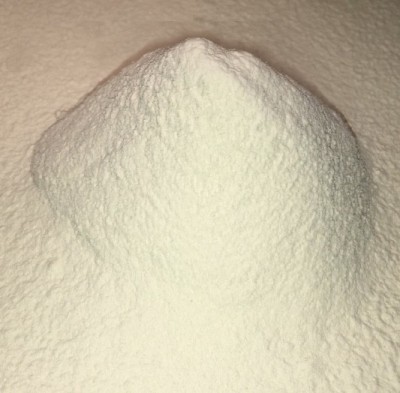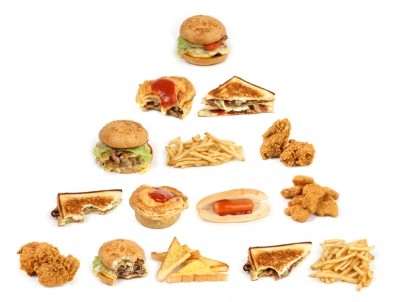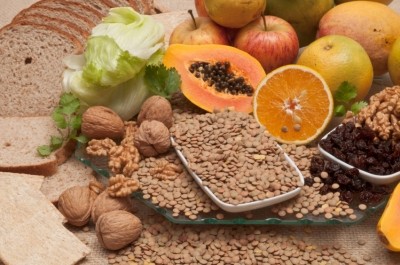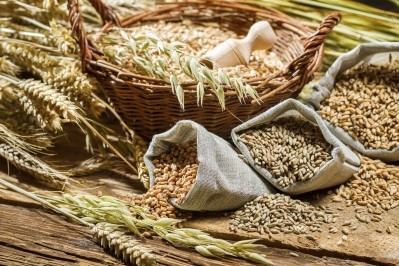Less processed fibre makes food healthier
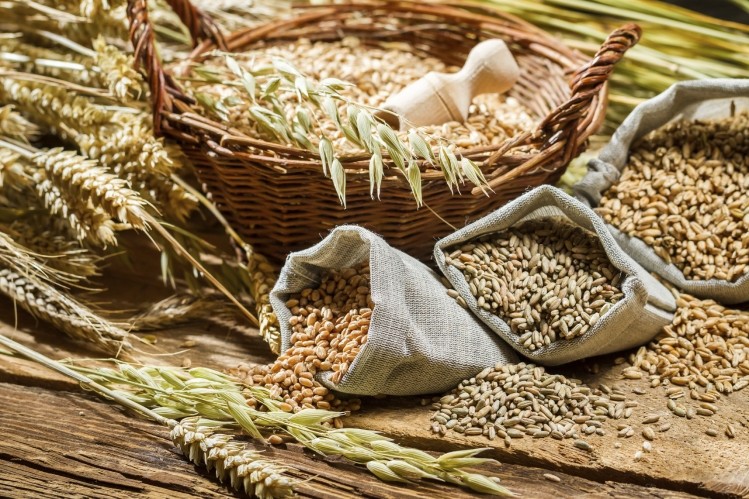
Researchers from King’s College London gave subjects two types of porridge that were nutritionally identical but structurally different – one was coarsely ground and the other finely ground.
Those who ate the porridge made from coarse particles digested it more slowly, giving up to 33% lower blood sugar levels and 43% lower insulin responses. They were also less likely to have a sugar low.
Dr Cathrina Edwards, lead researcher from the Division of Diabetes and Nutritional Sciences, said: “The way in which foods are processed clearly has a big impact on how much of the nutrients/calories are absorbed from that food, but this important information is not reflected on food labels.
“Our research has shown that there is a relatively easy way to limit the availability of starch/calories from food simply by preserving more of the natural structure of plant-based ingredients.”
The potential public health benefits of the finding were significant, wrote the researchers, and could help prevent and manage cardiometabolic diseases or type 2 diabetes.
Wheat endosperm makes up a wall of dietary fibre which surrounds the starch. When wheat is milled to produce flour, the cell walls are damaged allowing the starch to be quickly and easily digested.
The researchers, who published their findings in the American Journal of Clinical Nutrition, focused on wheat as it was the main source of starch in the UK diet but said the findings also held for other edible plant tissues.
“Greater understanding of the structure of food and its effect on the body provides an opportunity to transform ingredients and products such as bread, pasta, breakfast cereals and other wheat based products, into meals which provide slower energy release and prolonged fullness,” said Edwards.
The study
The randomized crossover trial involved nine healthy individuals who were given 55 g of starch provided as a coarse (2 mm particles) or smooth (0.2 mm particles) wheat porridge. Participants were instructed to eat the porridge with minimal chewing.
Each porridge provided 57.8 g of available carbohydrate (composed of 55.4 g starch and 2.4 g sugar), 5.2 g dietary fiber, 9.3 g protein, 1.6 g fat and 0.2 g salt.
The participants all had an ileostomy, which provided easy access to the digested food. The scientists measured changes in blood glucose, insulin, C-peptide, lipids and gut hormones and on the resistant starch (RS) content of intestinal fluid.
Results
Edwards et al. found that, compared with the smooth porridge group, those who had eaten the coarse porridge had 33% lower blood glucose, 43% lower insulin, 40% lower C-peptide and 50% lower glucose-dependent insulinotropic polypeptide concentration.
This was because the structural integrity of the wheat endosperm lowered the rate that the starch converted to sugars, thus lowering post-meal metabolism.
Source: American Journal of Clinical Nutrition
Published online ahead of print September 2015, doi: 10.3945/ajcn.114.106203
“Manipulation of starch bioaccessibility in wheat endosperm to regulate starch digestion, postprandial glycemia, insulinemia, and gut hormone responses: a randomized controlled trial in healthy ileostomy participants”
Authors: C. H. Edwards, M. Grundy, T. Grassby, D.Vasilopoulou et al.
